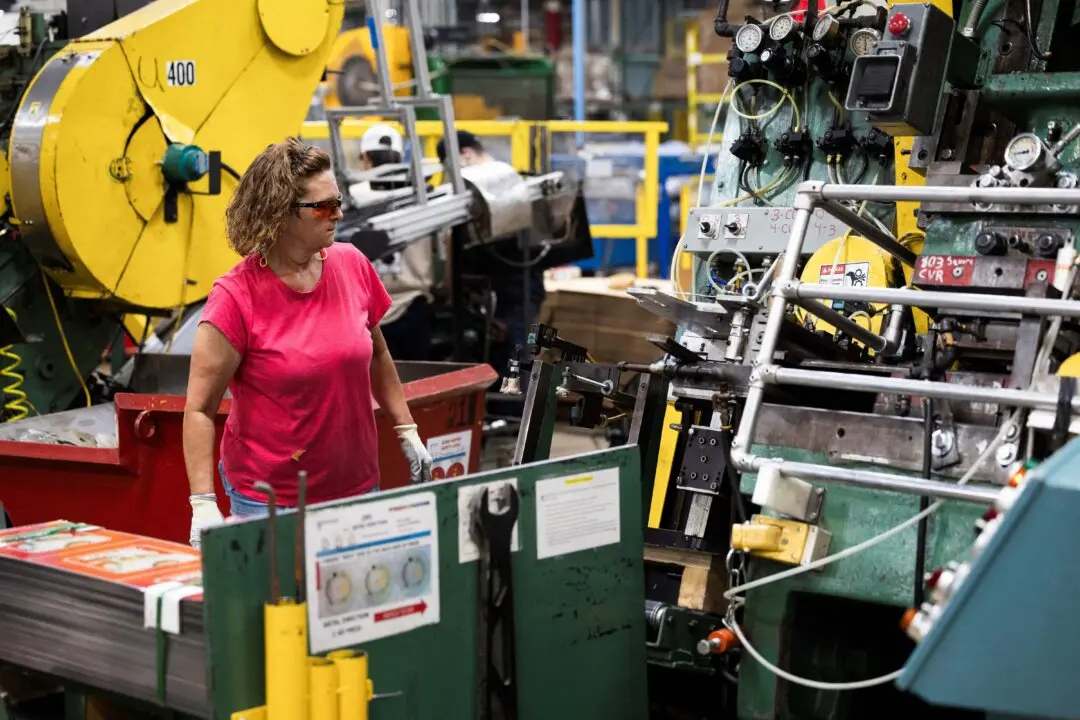Investors are saying goodbye to the first half of 2022 after the U.S. stock market suffered its worst performance in 50 years, driven by inflation and recession fears.
In the first six months of 2022, the Dow Jones Industrial Average tumbled 15.3 percent. The Nasdaq Composite Index, which slipped into a bear market this past spring, lost almost 30 percent. The S&P 500 fell 20.6 percent, sliding into bearish territory last month.





